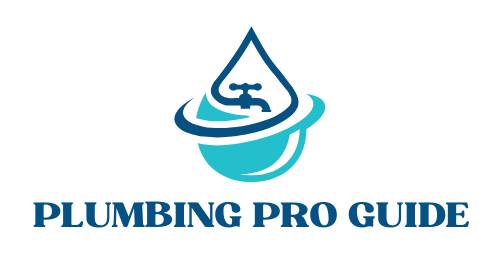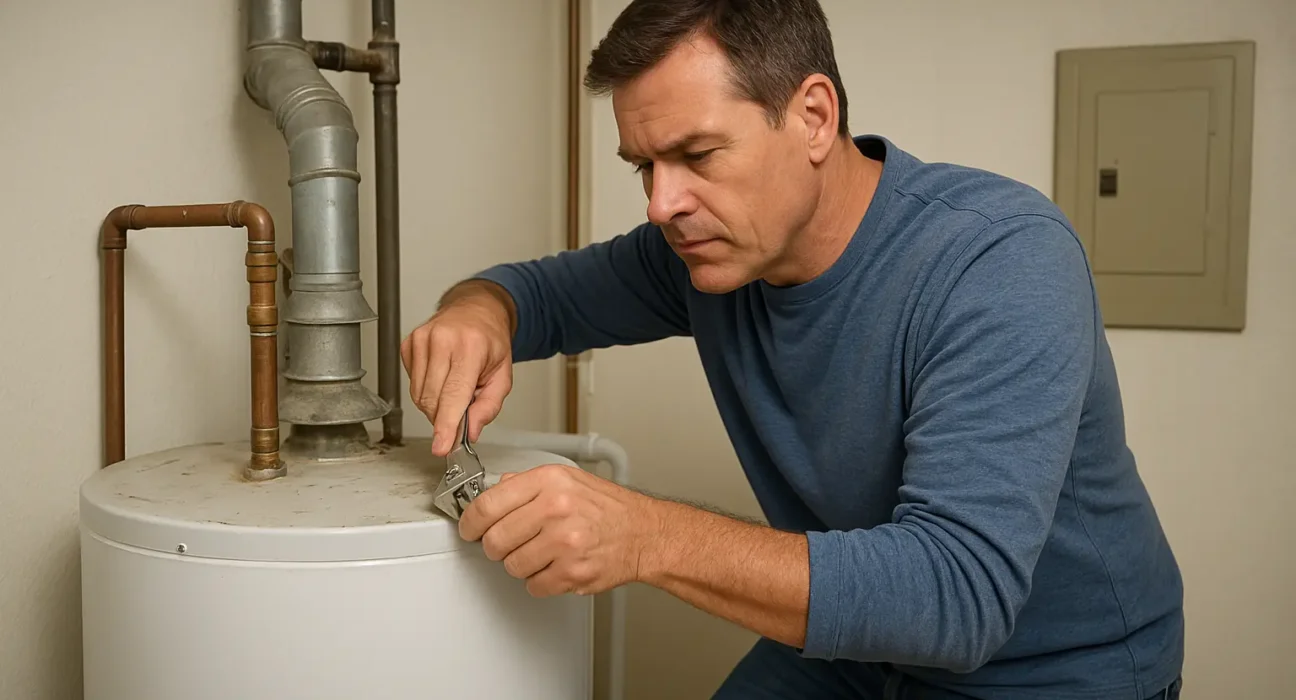A water heater is one of the most important appliances in your home, ensuring comfort through warm showers, clean dishes, and laundry. But when it starts to fail, it can quickly disrupt your routine and even lead to water damage or high energy bills. Replacing a faulty water heater at the right time can save you from expensive repairs and keep your household running efficiently.
In this guide, we’ll walk you through the warning signs of a faulty water heater, types to consider, the replacement process, and cost factors, plus a few energy-saving tips to make your next unit last longer.
1. Signs Your Water Heater Needs Replacement
A faulty water heater rarely stops working overnight — it usually gives warning signs. Look out for these red flags:
-
- Inconsistent or No Hot Water: If you’re getting lukewarm or cold water despite normal settings, the heating element or gas burner may be failing.
-
- Rusty or Discolored Water: Rust in your hot water could mean the tank’s inner lining is corroding — a clear sign it’s near the end of its life.
-
- Strange Noises: Rumbling, popping, or banging sounds usually mean sediment buildup inside the tank, reducing efficiency and lifespan.
-
- Leaks Around the Base: Even small leaks can worsen quickly and cause water damage. This usually indicates tank failure.
-
- Age of the Unit: Most traditional water heaters last 10–15 years. If yours is older, it’s safer and more economical to replace it than repair it.
2. Types of Water Heaters to Consider
When replacing your old unit, it’s worth exploring modern, energy-efficient models.
-
- Conventional (Tank) Water Heater: Stores and heats a set amount of water. Affordable upfront, but uses more energy.
-
- Tankless (On-Demand) Water Heater: Heats water instantly as it flows. More efficient and space-saving, but costlier to install.
-
- Electric Water Heater: Easy to install and widely available. Suitable for smaller homes but may cost more to run.
-
- Gas Water Heater: Heats water faster and is cheaper to operate, but requires a gas line and proper venting.
-
- Hybrid or Heat Pump Water Heater: Uses ambient air to heat water, offering high energy savings in warm climates.
3. Step-by-Step Water Heater Replacement Process
If you’re comfortable with basic plumbing, you might handle part of the replacement yourself, but for safety and compliance, hiring a licensed plumber is recommended.
Here’s how the process typically works:
Step 1: Turn Off Utilities
-
- Shut off the gas or electricity to the heater.
-
- Close the cold-water supply valve.
Step 2: Drain the Tank
-
- Attach a garden hose to the drain valve and empty the tank completely.
-
- Open a hot water faucet to let air in for faster drainage.
Step 3: Disconnect the Plumbing
-
- Use a wrench to loosen water supply lines and vent pipes (for gas models).
Step 4: Remove the Old Unit
-
- Carefully detach and remove the heater. Have a helper — these units can be heavy.
Step 5: Position and Install the New Heater
-
- Set the new heater in place and level it.
-
- Connect the water lines, ensuring all fittings are secure and sealed with plumber’s tape.
Step 6: Restore Power or Gas and Test
-
- Refill the tank with water before turning it on.
-
- Check for leaks and verify that the unit heats properly.
Is it your first time handling any plumbing project? Don’t be nervous, read our blog on plumbing tips for beginners to stay safe.
4. Cost of Replacing a Faulty Water Heater
The cost of replacing a faulty water heater can vary depending on the type, size, and complexity of the installation. Here’s a quick breakdown:
| Type | Average Cost (Including Installation) |
|---|---|
| Conventional Tank | $800 – $1,800 |
| Tankless | $1,500 – $3,500 |
| Electric | $700 – $1,500 |
| Gas | $1,000 – $2,500 |
| Hybrid | $1,500 – $3,000 |
Additional costs may include:
-
- Permits and inspections
-
- New water lines or venting
-
- Disposal of the old heater
While tankless and hybrid units have higher upfront costs, they can reduce energy bills by 20–40%, paying off in the long run.
5. Energy Efficiency Tips for Your New Water Heater
Once your new heater is installed, these simple habits can extend its lifespan and improve performance:
-
- Flush the tank annually to remove sediment buildup.
-
- Set the temperature to 120°F (49°C) to balance comfort and efficiency.
-
- Insulate the heater and pipes to reduce heat loss.
-
- Check the anode rod every 2–3 years — it prevents internal rusting.
-
- Schedule annual inspections to detect issues early.
Replacing a faulty water heater isn’t just about restoring hot water; it’s about improving energy efficiency, safety, and long-term home value. Recognizing the warning signs early and choosing the right replacement can save you hundreds of dollars in repair costs and utilities.
Enjoyed this article? There’s plenty more waiting for you on Plumbing Pro Guide.
Frequently Asked Questions (FAQs)
1. How do I know if my water heater needs to be replaced or repaired?
If your water heater is leaking, over 10–15 years old, or producing rusty water, replacement is often the better option. Minor issues like thermostat failure or a faulty heating element can usually be repaired.
2. What is the average lifespan of a water heater?
Most traditional tank-style water heaters last 10–15 years, while tankless models can last up to 20 years with proper maintenance.
3. How much does it cost to replace a faulty water heater?
The average replacement cost ranges between $800 and $2,500, depending on the type (gas, electric, or tankless), size, and labor costs in your area.
4. Can I replace a water heater myself?
Technically, yes, but it’s not recommended unless you have plumbing and electrical experience. Improper installation can lead to leaks, inefficiency, or even safety hazards like gas leaks and electrical shorts.
5. How long does it take to replace a water heater?
A professional plumber can usually complete the installation within 2 to 4 hours, assuming no major modifications are required.
6. What size water heater do I need for my home?
A 40–50 gallon water heater is suitable for most families of 3–4 people. Larger households or high-demand homes may require a 60+ gallon unit or a tankless system.
7. How can I make my new water heater last longer?
Flush the tank annually, keep the temperature around 120°F (49°C), check the anode rod every few years, and schedule professional inspections to maintain performance.
8. What are the most energy-efficient water heaters?
Tankless and hybrid heat pump water heaters are currently the most energy-efficient options, offering significant long-term savings on utility bills.


